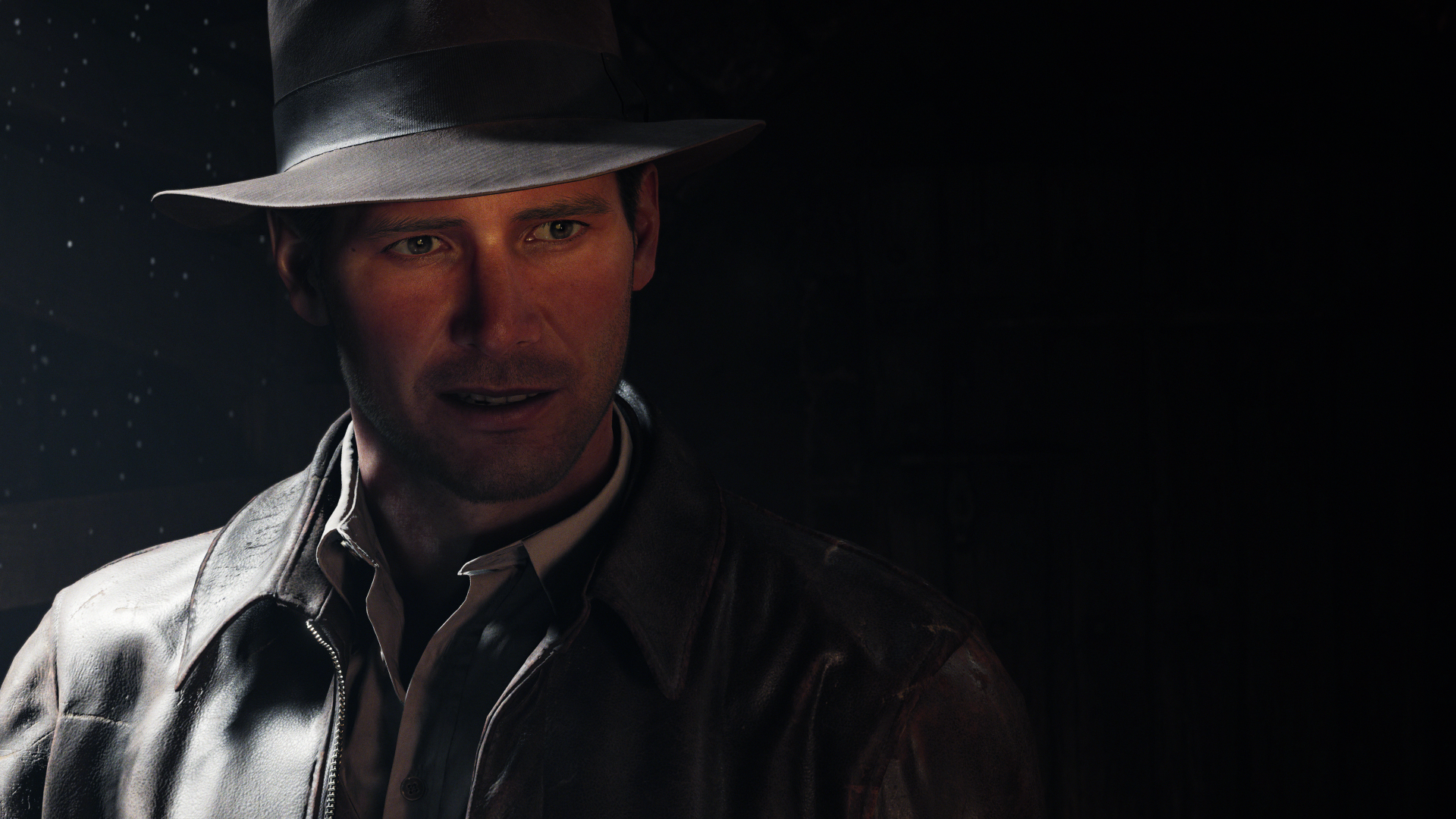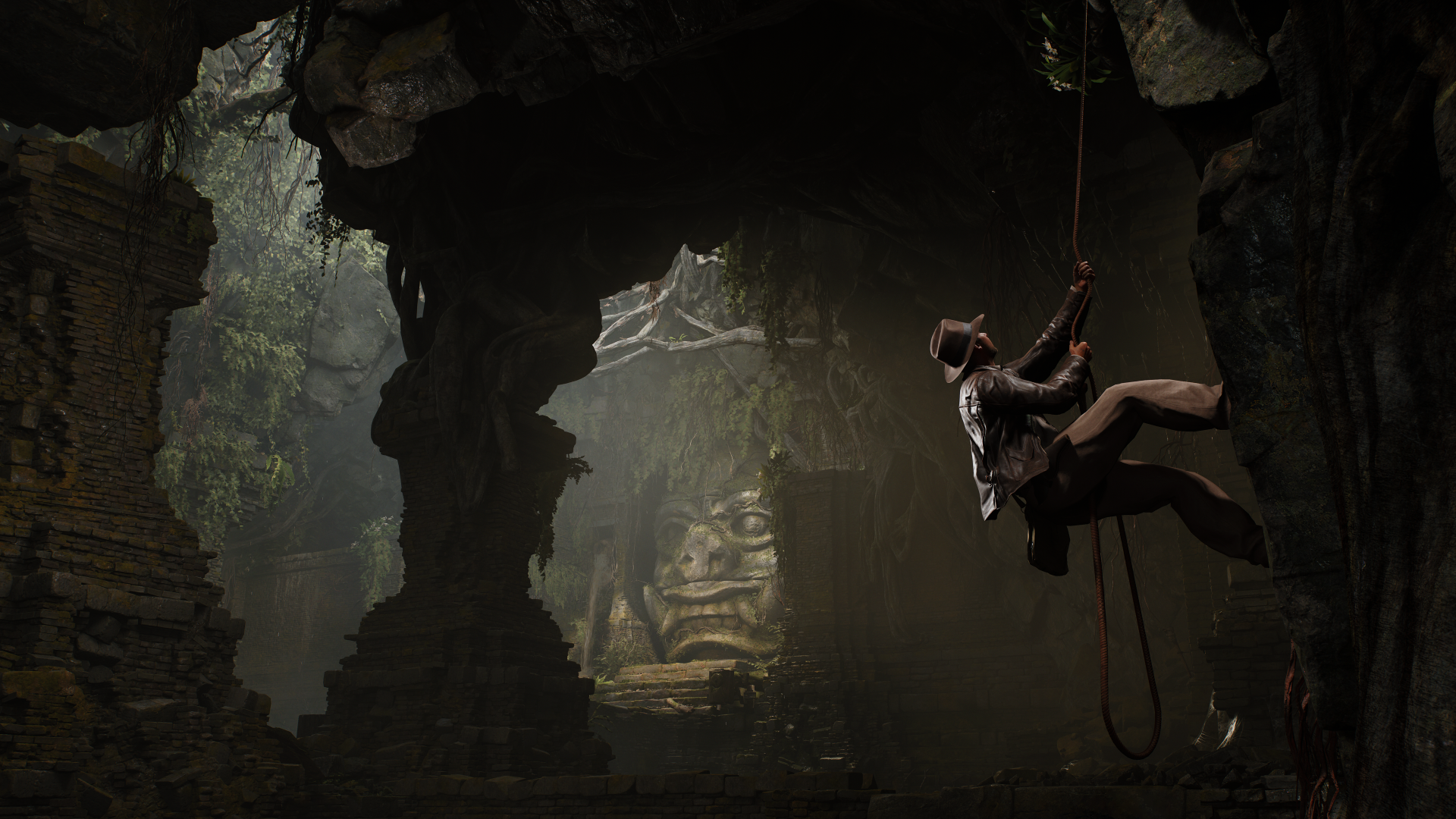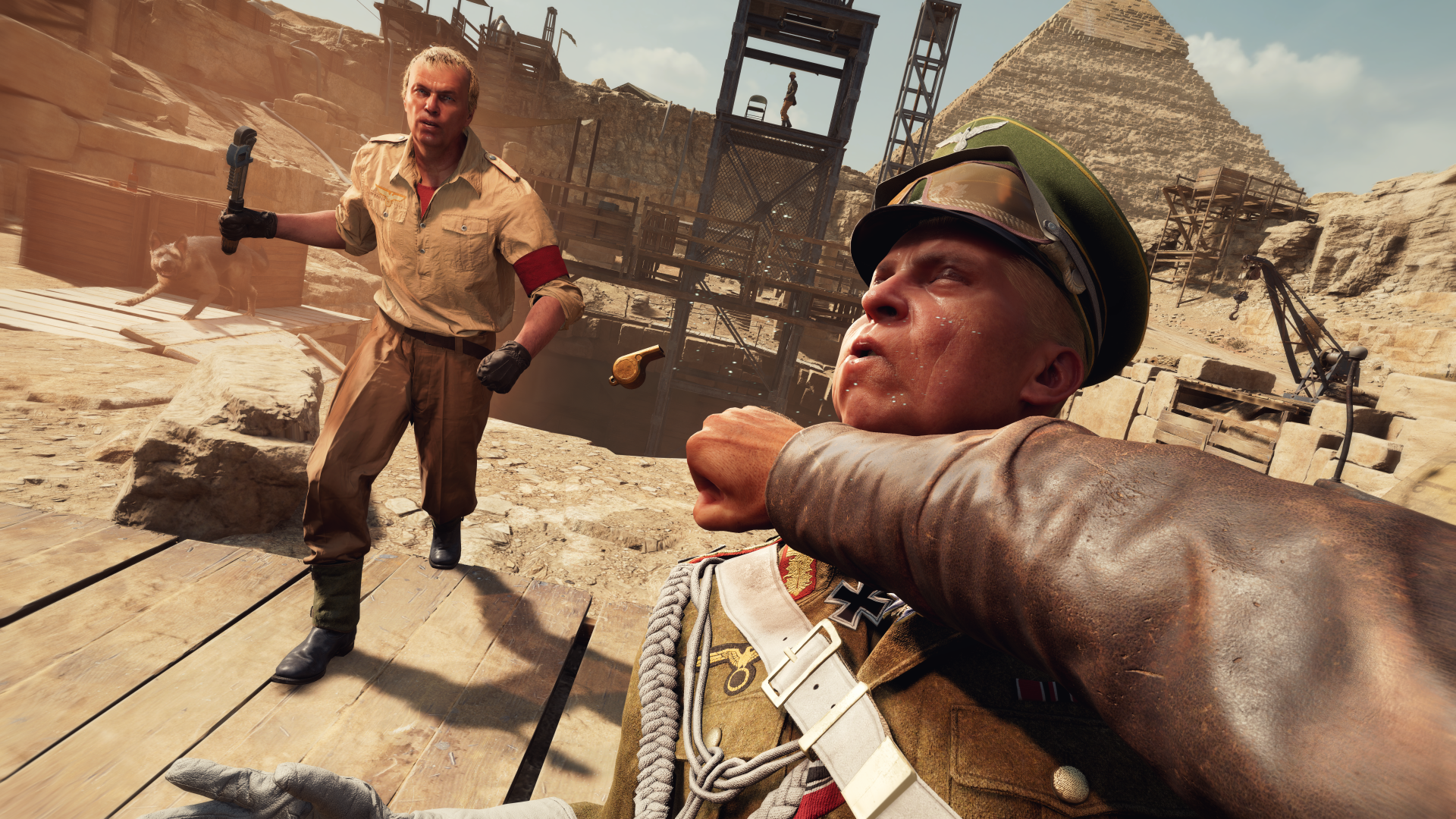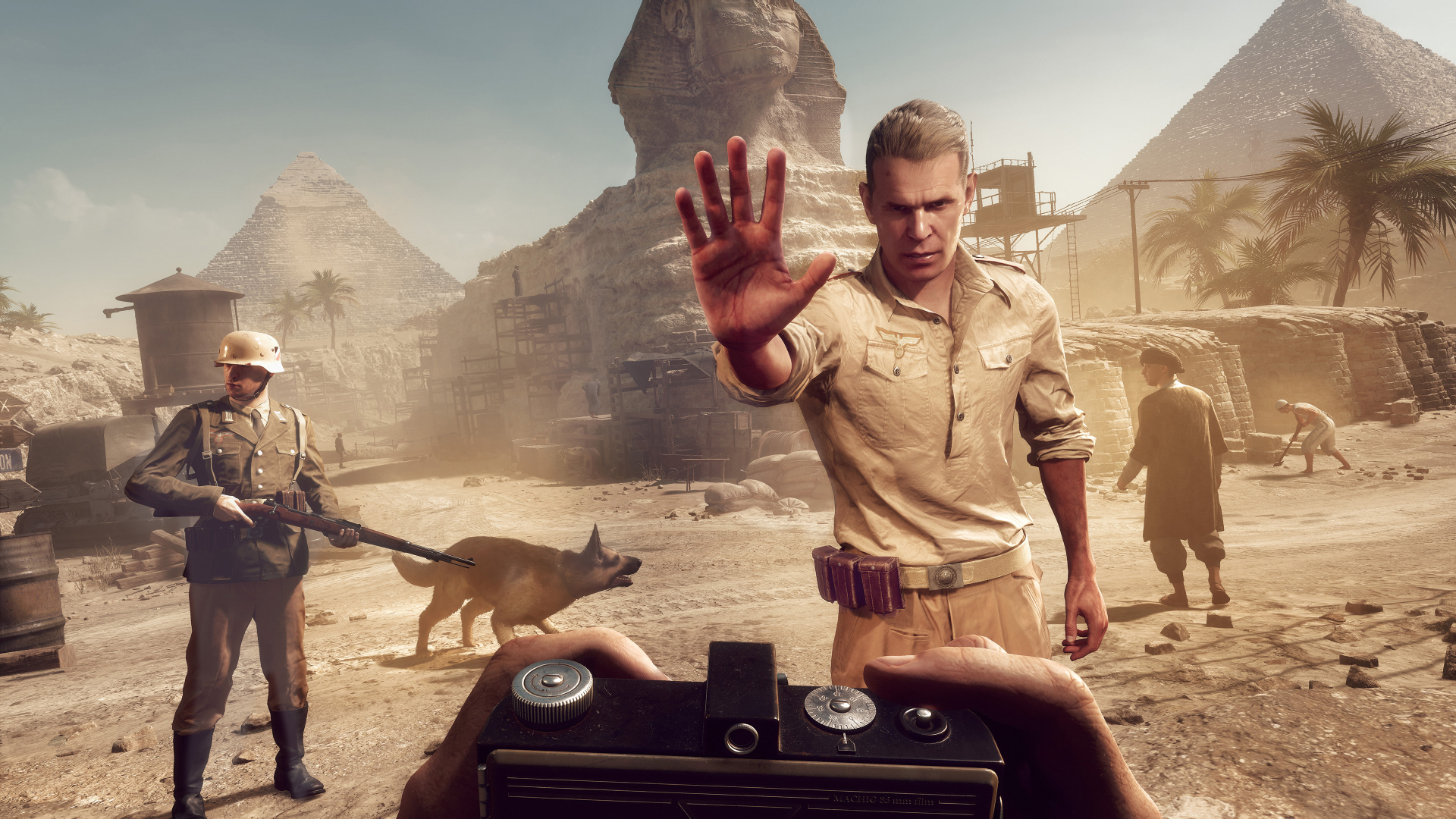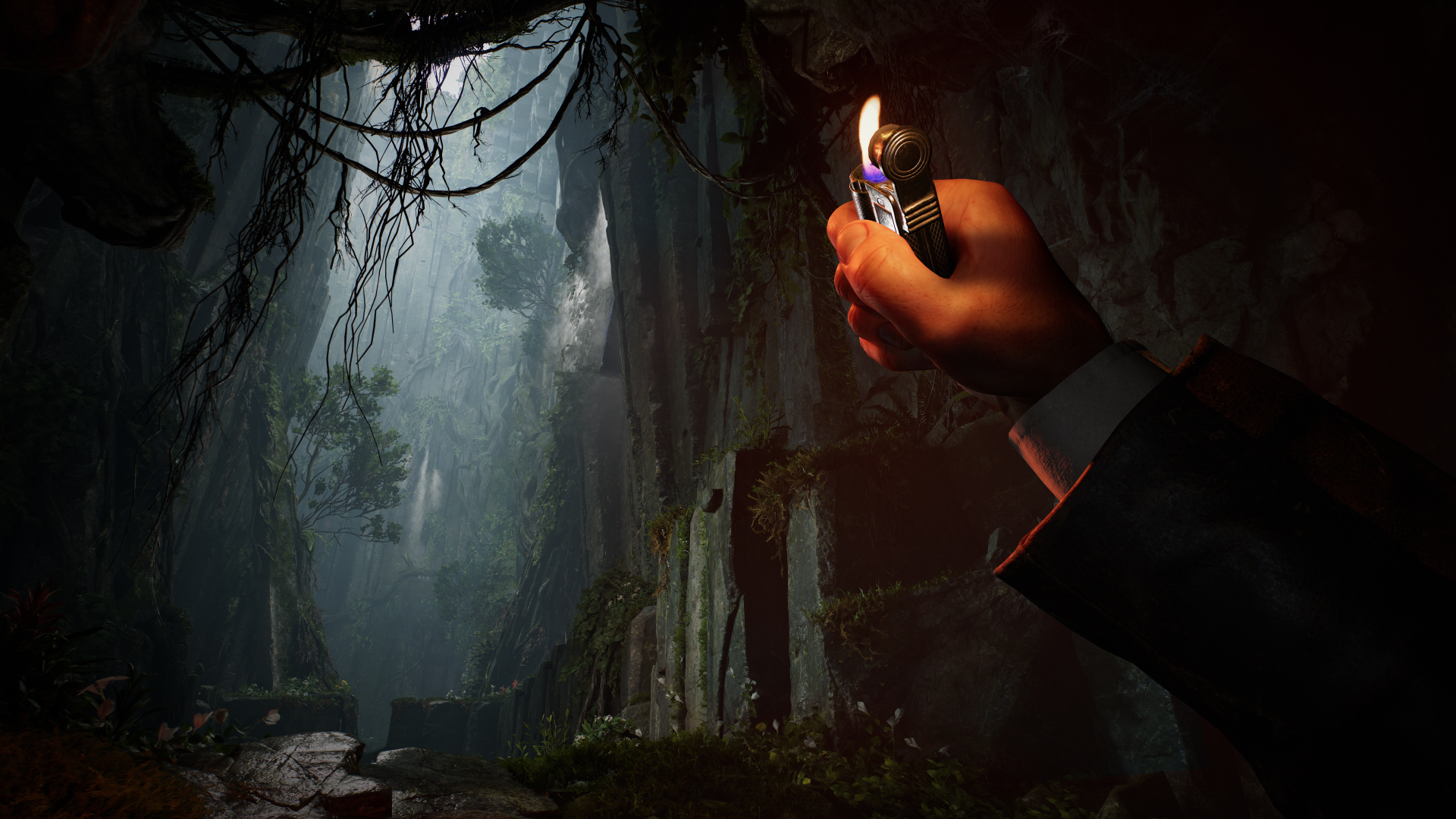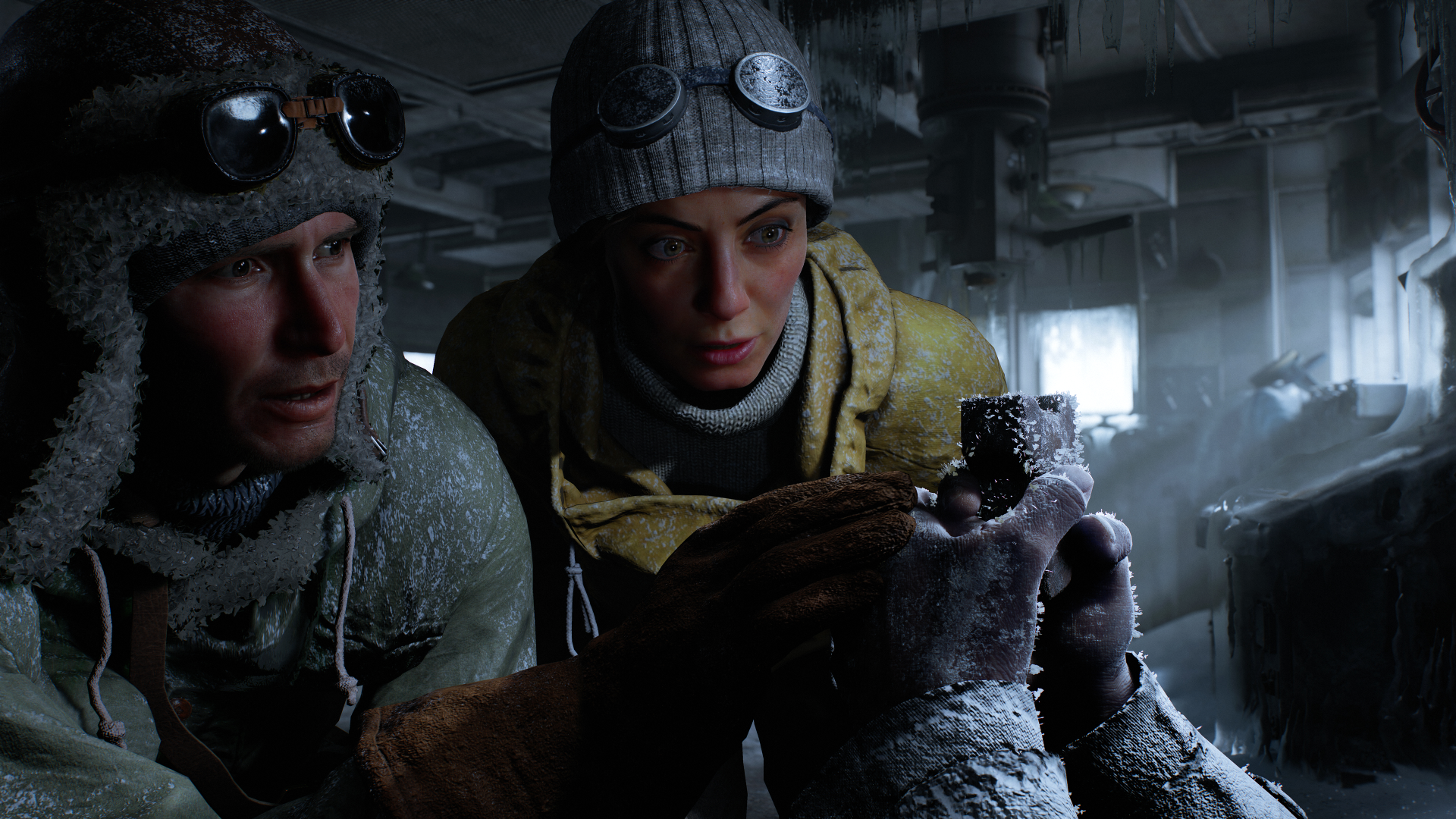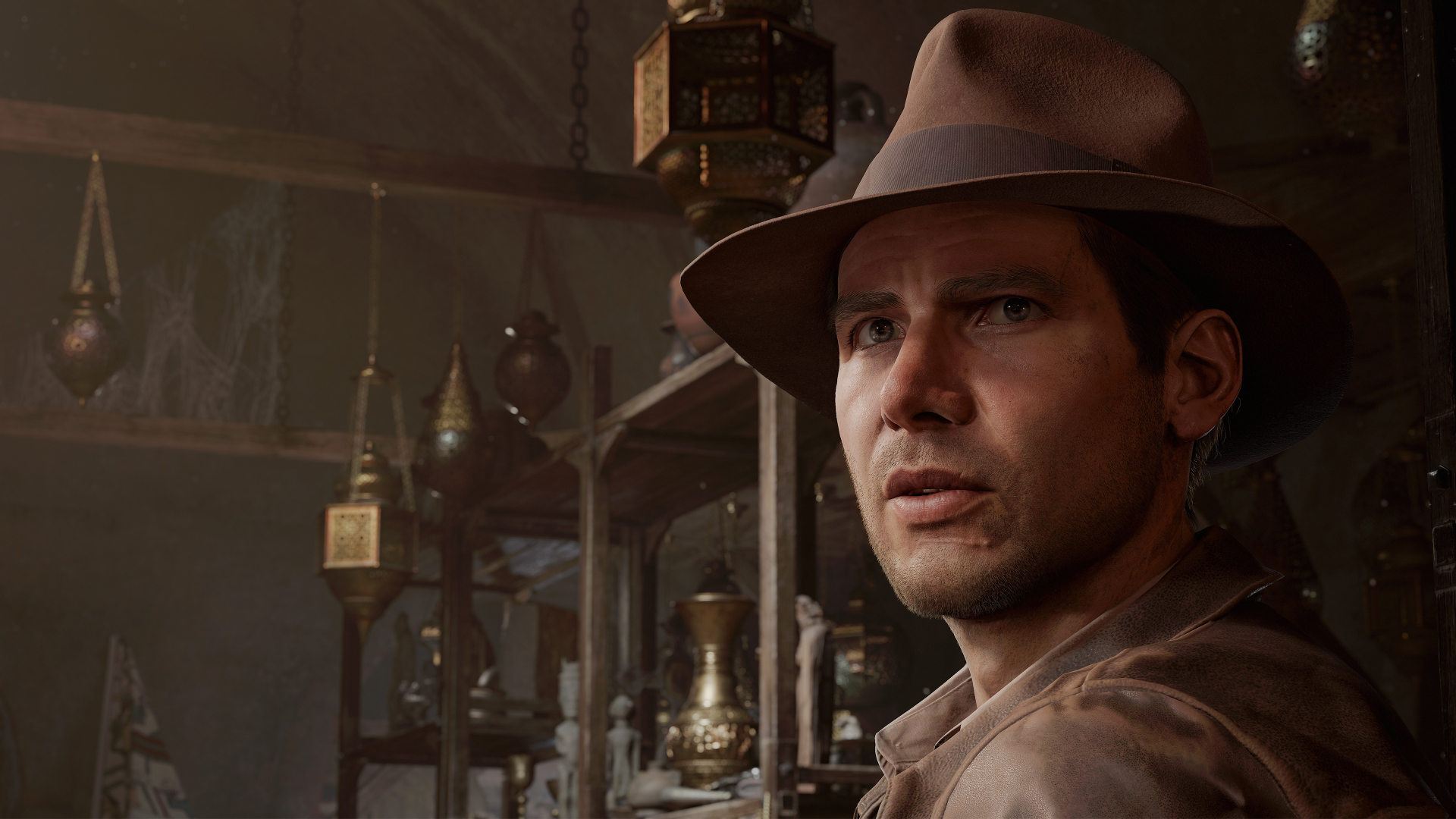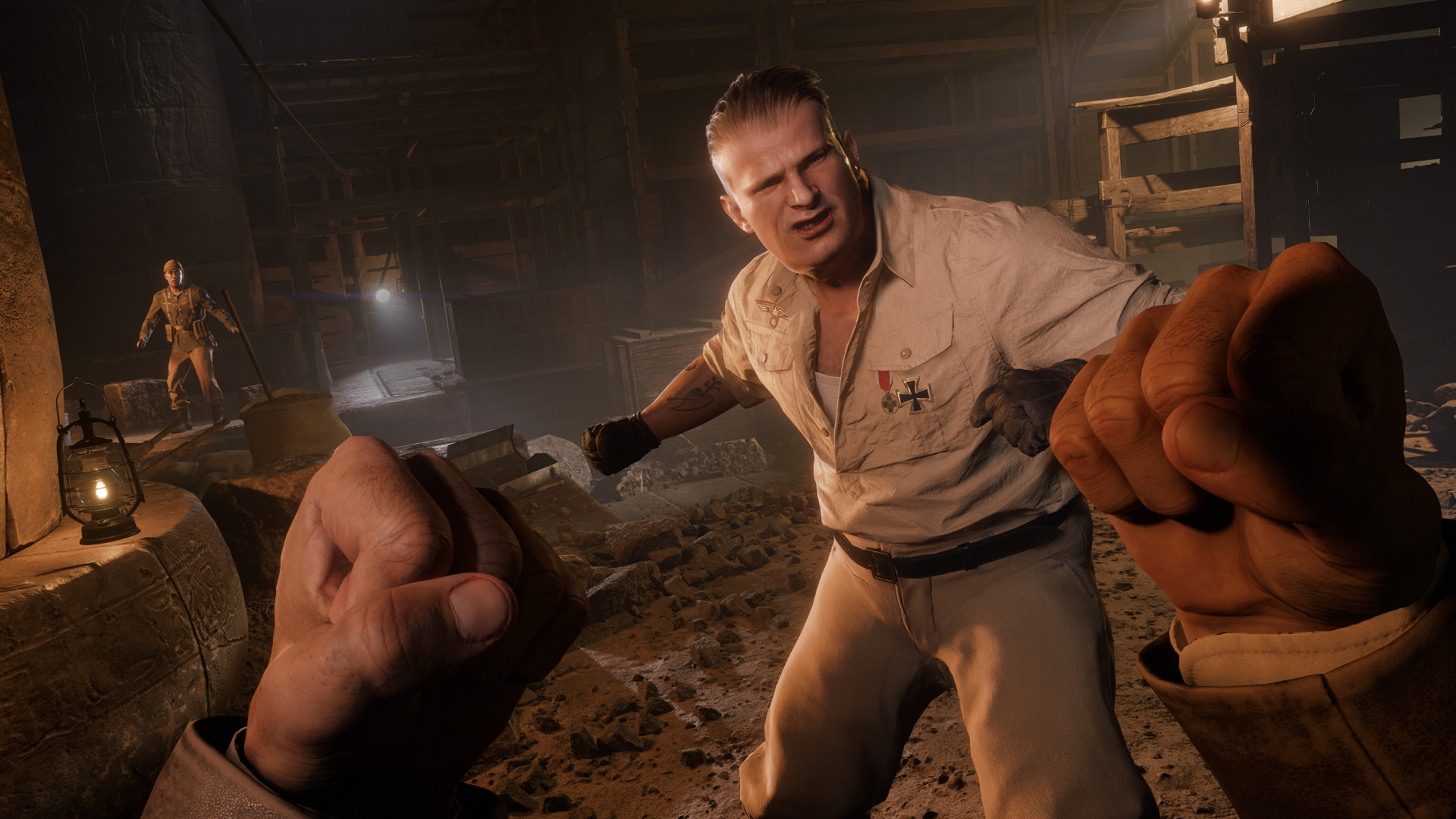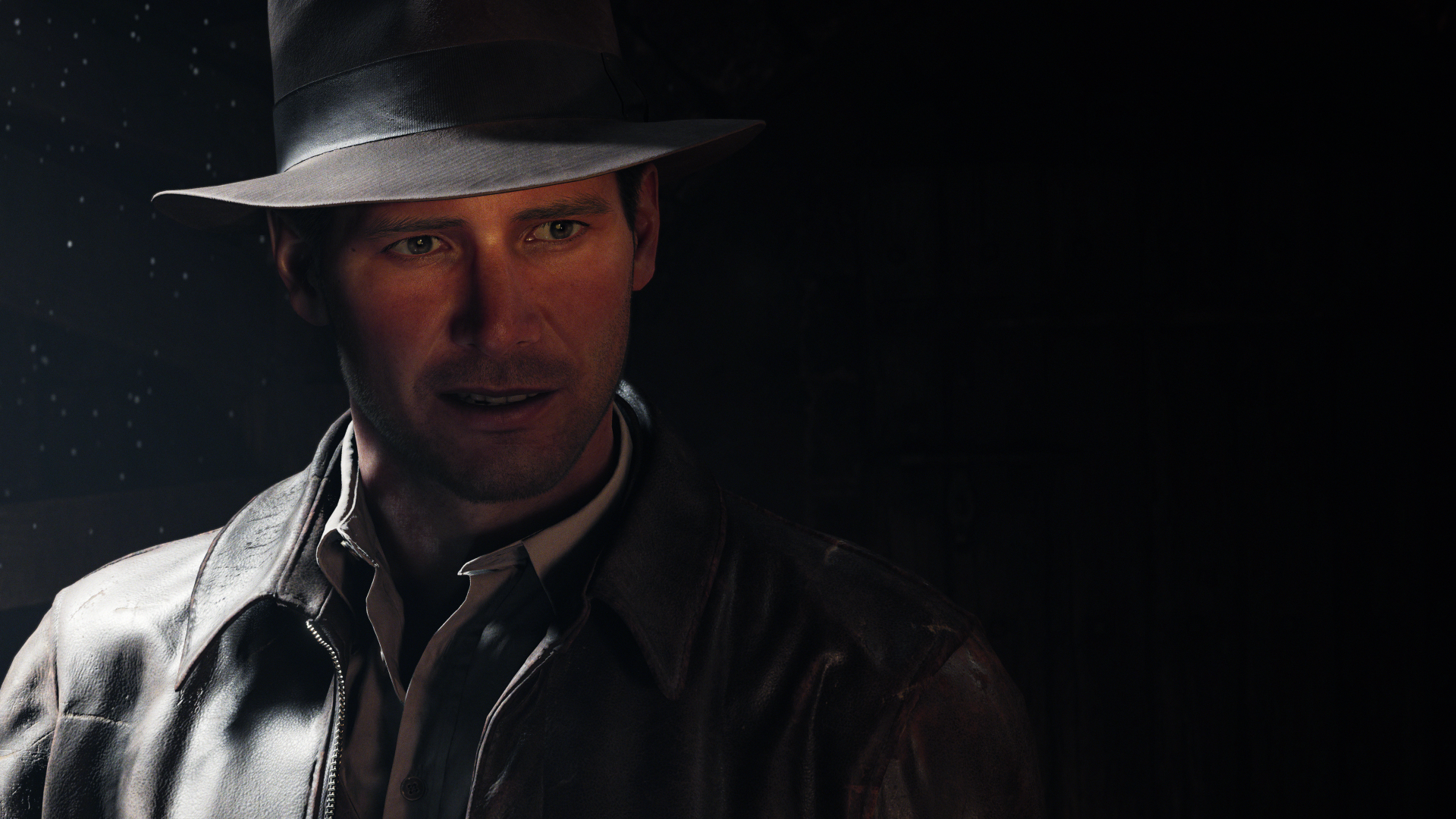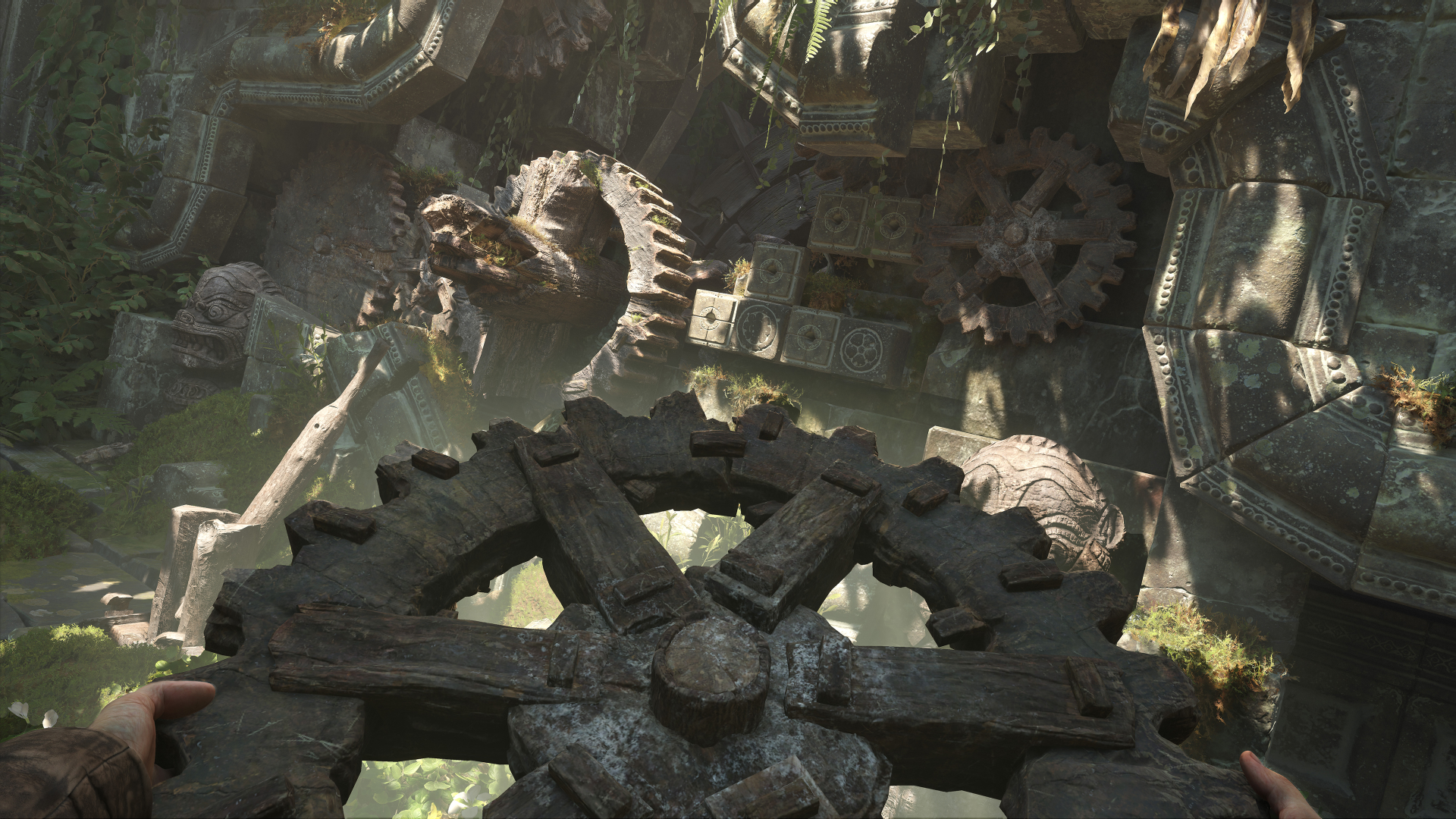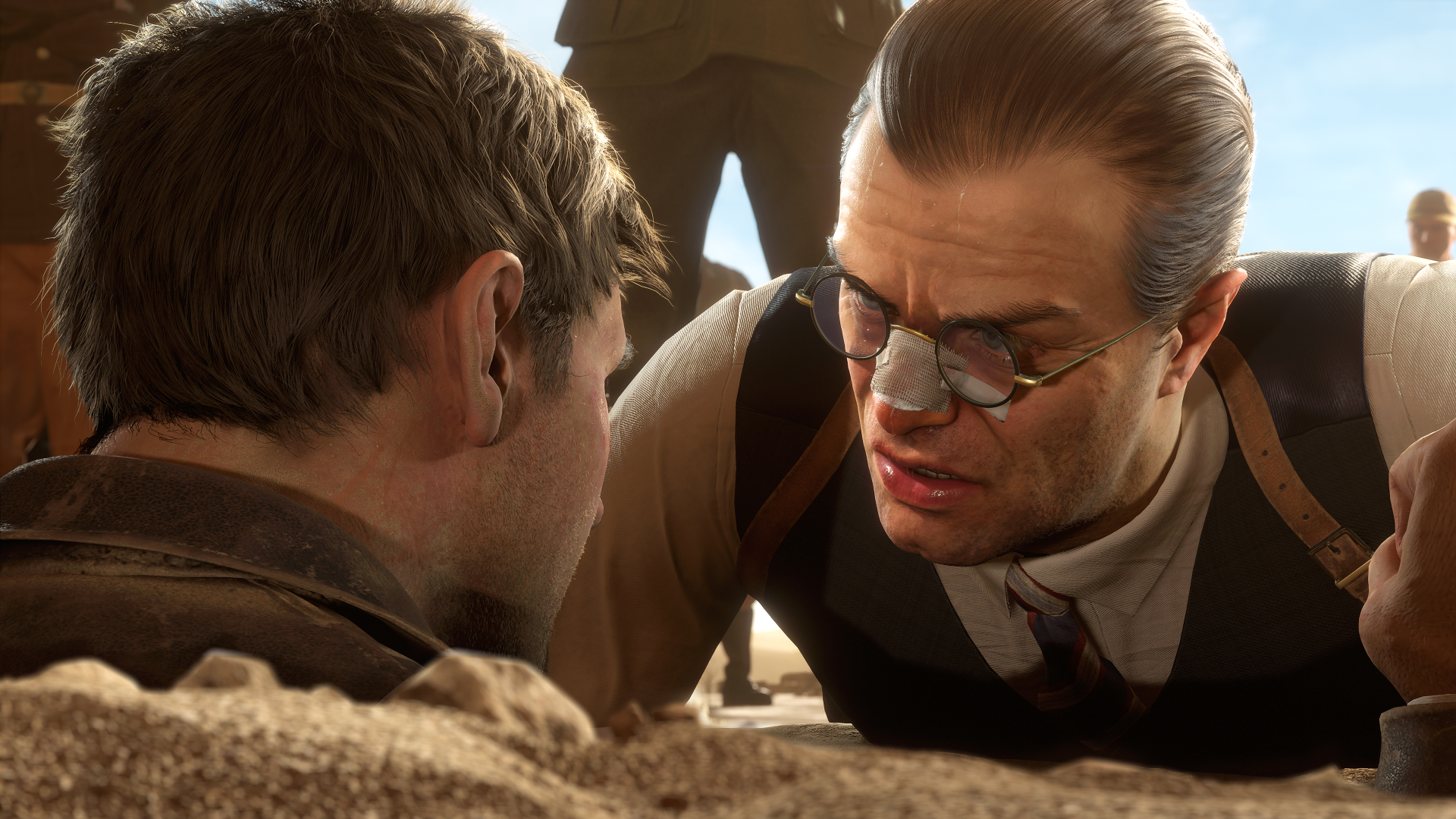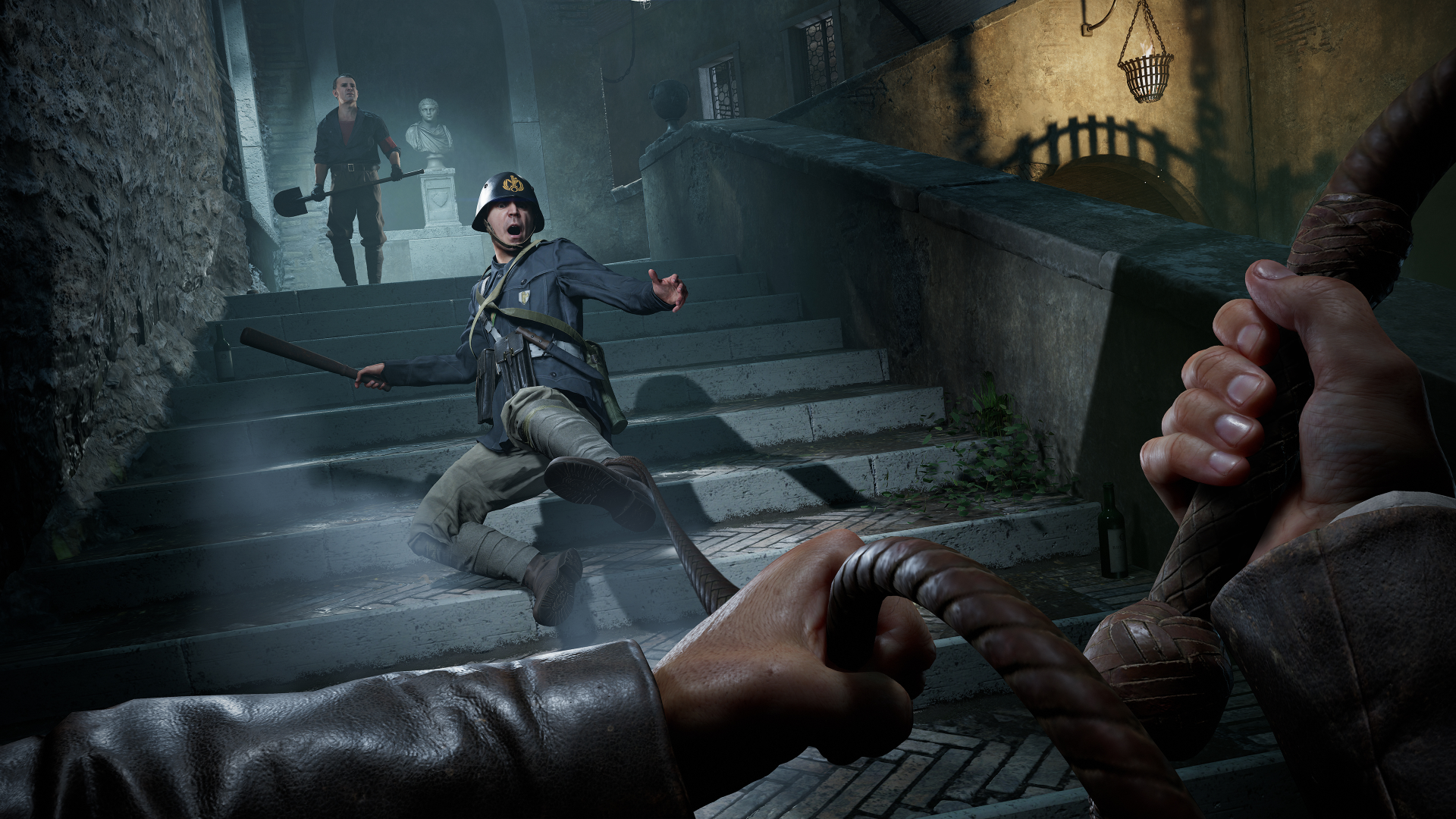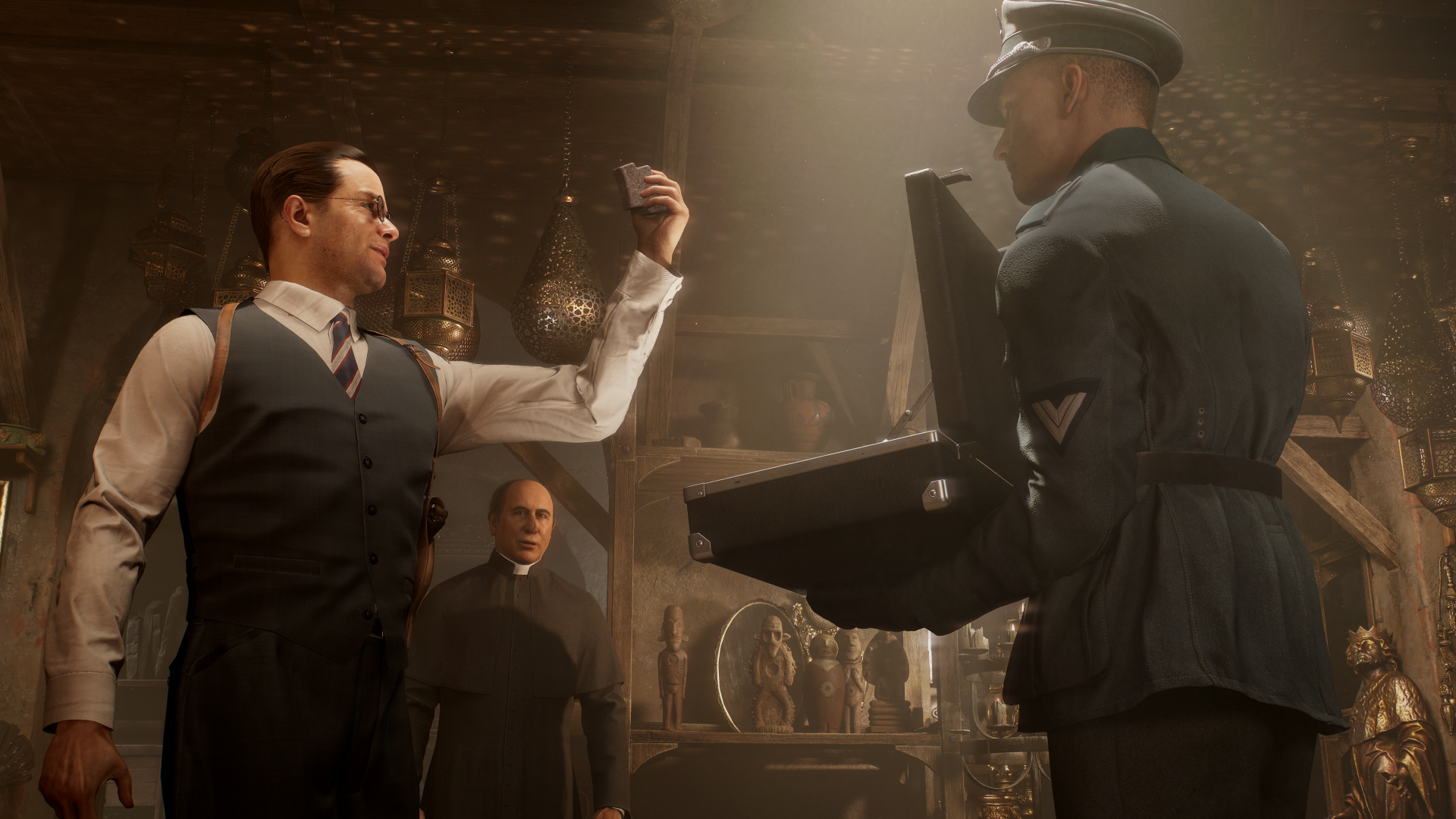Indiana Jones and the Great Circle Review
Indy hasn't had the strongest presence in videogames. Obviously there were a few games bearing his name, but by and large tomb raiding the uncharted areas of forgotten civilisations has remained the domain of a handful of other titles.
And through these games, a distinctive idea of what 'adventurous archaeology' should look like. The first Tomb Raider was equal parts puzzle-platformer and action game, but over time, as Uncharted's Nathan Drake took hold, videogames obviously inspired by Indiana Jones focused more on action setpieces and less on figuring things out.
The thing is, they weren't exactly wrong to do this. Players wanted action setpieces, and it was obvious to anyone paying any attention that Naughty Dog were masters of the craft. Subtle level design cues encouraged players to sprint, full pace, across narrow planks, rooftops, down canals and across airports without ever feeling like they would go the wrong way, making them feel exactly like Indiana Jones in that setting. Always in trouble, always happy to run, and never making a wrong turn, Uncharted gave us the JJ Abrams take on Indiana Jones.
It captured the mood of the time. Indiana Jones was a Spielberg blockbuster and the Uncharted games were pure popcorn action. Tomb Raider felt the pulse of the moment and rebooted the same year Uncharted 3 came out, but as both games attempted to reduce the art of ancient treasure hunting to explosive action sets, neither could compete with other games that took the "Indiana Jones runs away from something" idea to its ultimate version. 2013 was the year Temple Run came out, and the reductive format was a giant boulder the other franchises simply couldn't outrun.
So forgive me for having low expectations going into Indiana Jones and the Great Circle.
When you think Indiana Jones is going to zig, that's when he zags. When you think he's going zag, that's when he zogs. And the Great Circle zogged the shit out of my expectations.
Indiana Jones and the Great Circle
